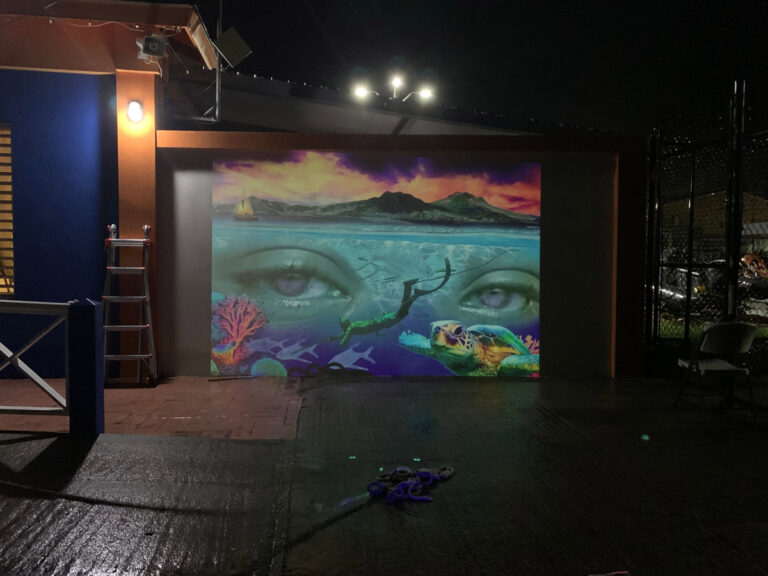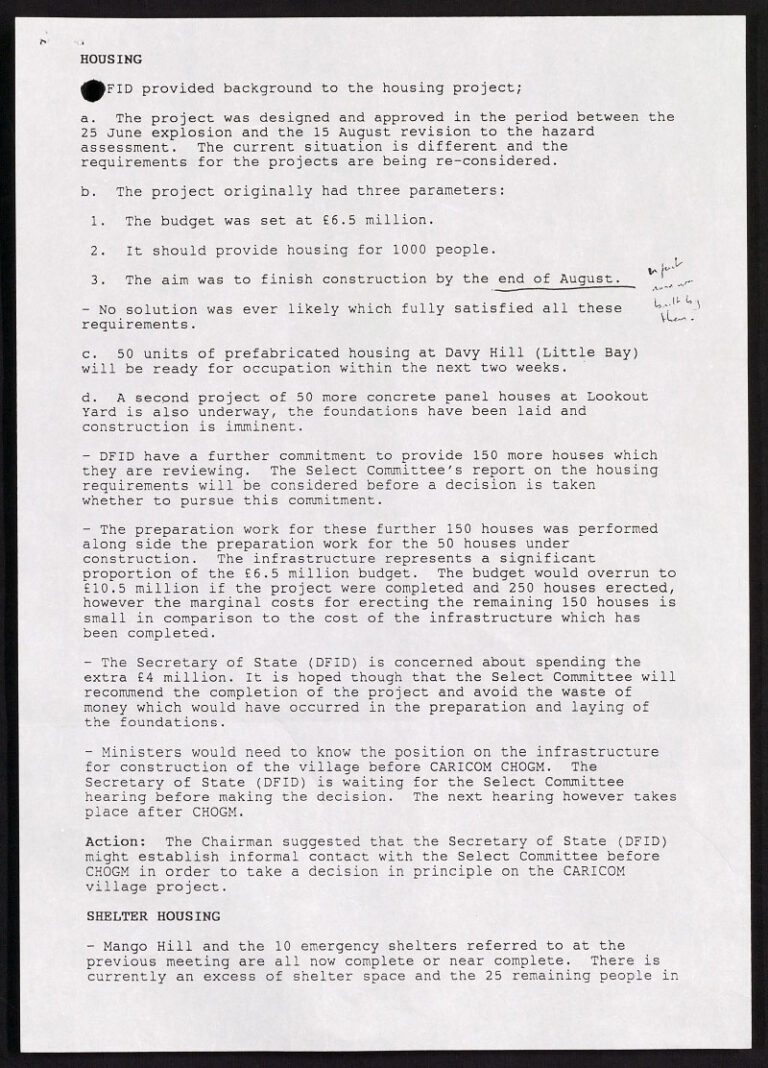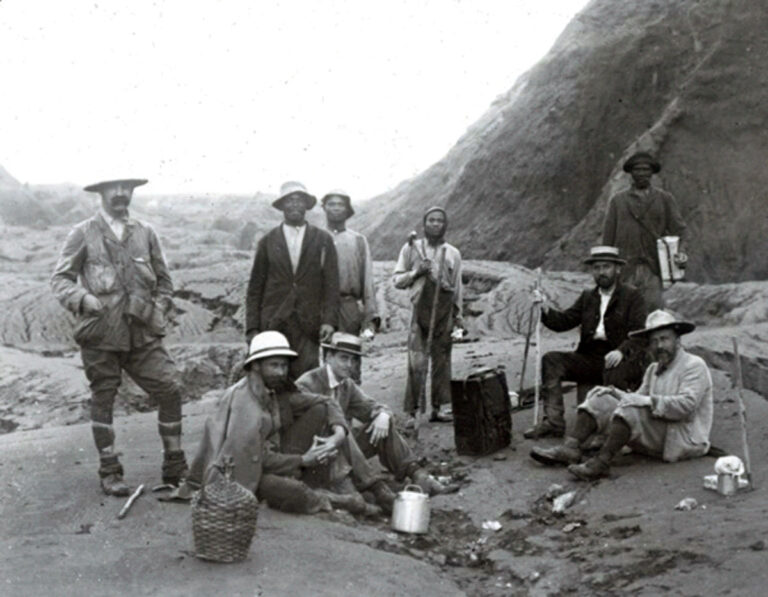The Lesser Antilles Arc in the Eastern Caribbean includes twenty-one active volcanoes. These volcanoes have been extensively documented, yet many of the written records related to that volcanic activity are held in the United Kingdom, Europe and the United States.

This summer saw the close of a two-year research project, involving The National Archives, led by Professor Jenni Barclay at the University of East Anglia with partners in the Caribbean, the Seismic Research Centre at the University of the West Indies and the Montserrat Volcano Observatory, as well as the University of Oxford, and the Royal Society. The aim of the project was to explore the history of volcanic events in the East Caribbean, focusing on Montserrat, and the disconnection between the documentary record largely held outside of the region, and the knowledge and memory of those events within local communities on the island.
Reframing archives of volcanic knowledge
The project digitised a number of documents from The National Archives, accessing others from the Royal Society, the Bodleian Library at the University of Oxford, as well as other collections in the UK and the United States.

Files digitised from The National Archives included records of volcanic activity in Montserrat written by administrators and scientists from the 19th century to recent decades, as well as more recent records of disaster relief (figure 1). The digitised documents were made available in an online exhibition format (and therefore more accessible to those in the Caribbean). However, the project also sought to interrogate and supplement the records produced by scientists from European colonial powers and the Global North in order to re-emphasise the contributions and experiences of those local to the Caribbean, both scientists and laypeople.

The contributions of locals who accompanied or acted as guides for European scientists were often not acknowledged in scientific reports and publication. These individuals possessed invaluable knowledge and practical expertise of warning signs, impacts, and adaptations associated with these disasters, but were not always taken seriously, sometimes with disastrous results. One example found during the project, in a notebook at the British Geological Survey, described how in 1902 Mary Ann Robertson and several other women reported boiling water in the crater of the volcano La Soufriere in St Vincent, as well as a booming and shaking of the volcano. If their warnings had been taken seriously, more of the community might have been able to escape the subsequent eruption.
The project aimed to curate and celebrate this kind of experiential knowledge held by local communities past and present, capturing the sights, sounds and smells that form part of the seismic landscape. In doing so the project also explored new archival sources such as recordings of phone-ins and broadcasts made at Montserrat radio station ZJB Radio during phases of volcanic activity in recent decades.
Re-animating volcanic knowledge

The project outputs have been wide-ranging, including oral history recordings, and creative responses such as poetry, film-making and murals produced by different communities in Montserrat.
In addition to public engagement in Montserrat, the project team ran stalls at science festivals in the UK, notably at the Royal Society Summer Science Exhibition in July 2023. Here the team broadcasted live as part of the British Society for the History of Science’s Digital Festival. The project team displayed a range of low-tech systems for volcanic monitoring, including a giant horn for listening to plate and magma movement, and suspended pendulums that would amplify vibrations.
These various outputs have made the cultural and scientific heritage of volcanology in Montserrat more visible, and accessible to communities in the Caribbean and beyond.
Into the future – more equitable disaster management
This reframing of the different archives and knowledges of the volcanic activity on Montserrat has significance beyond questions of heritage and redressing the historical erasures of voices. It allows for a better understanding of the ways in which scientific observations, theories, and predictions were influenced by colonial power dynamics. In gaining an understanding of those exclusionary practices spanning different time periods the project has considered how colonial relations persist in current practices and how they can be improved.
By shining a light on the hidden histories and voices of local communities affected by volcanic crises, the project aimed to foster a more inclusive and equitable approach to hazard knowledge stewardship, ultimately contributing to the betterment of disaster management and resilience. The first results from the work were published in an open-access paper by Professor Barclay and others:
Disaster Aid? Mapping historical responses to volcanic eruptions from 1800–2000 in the English-speaking Eastern Caribbean